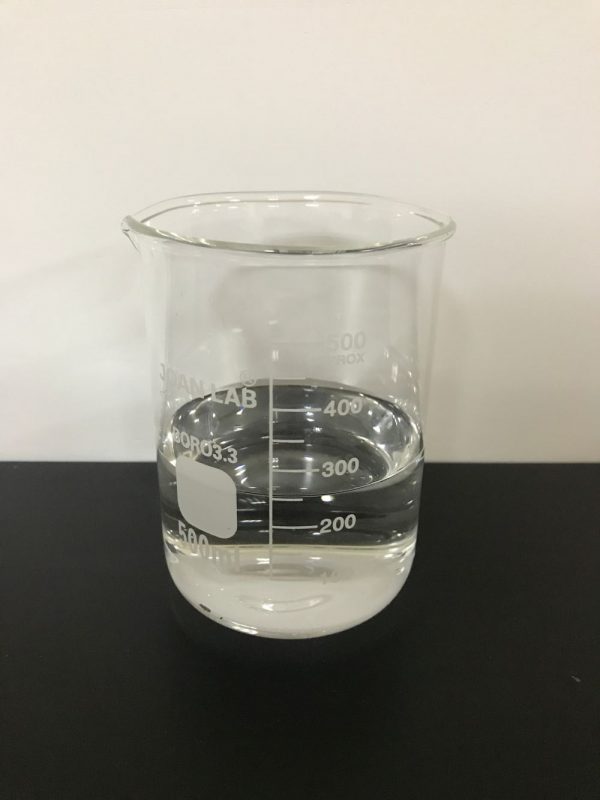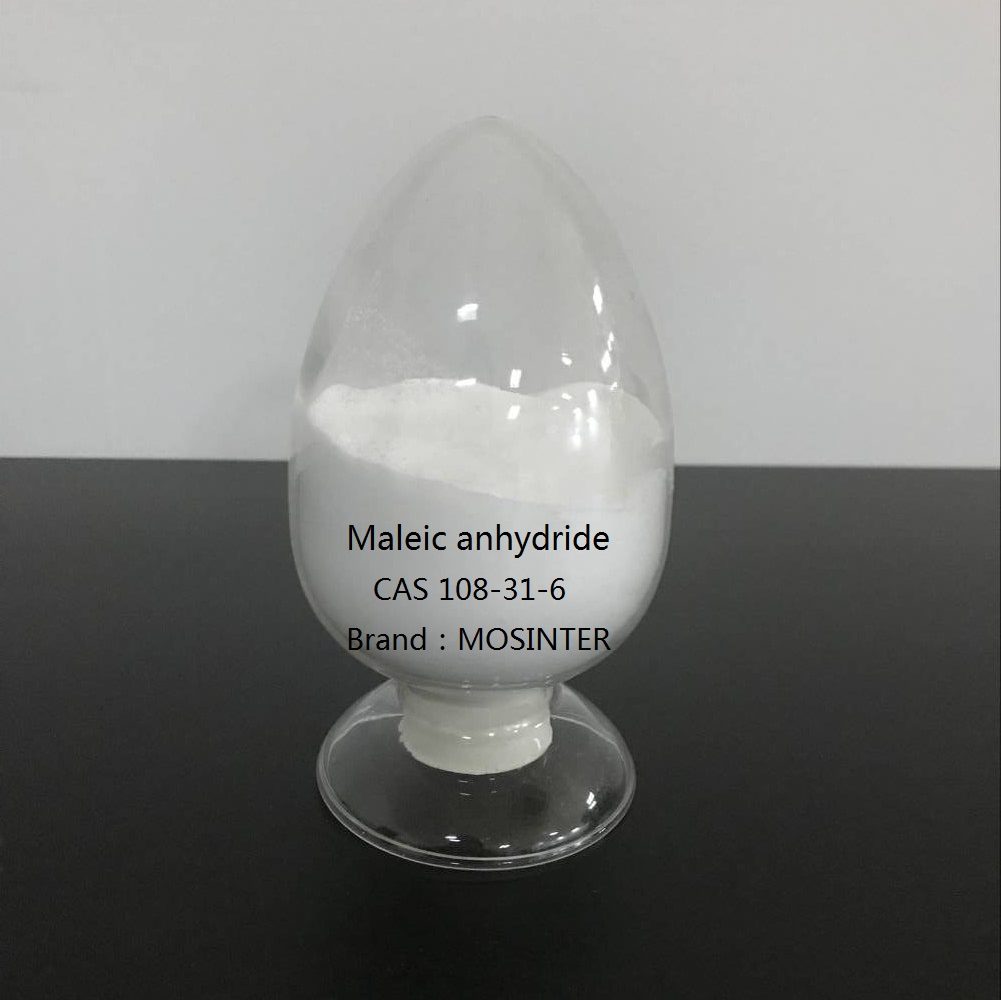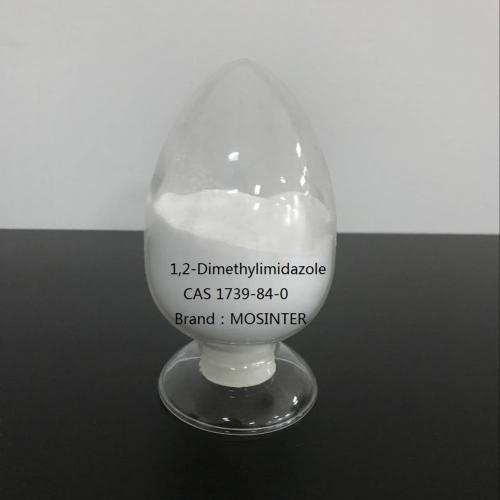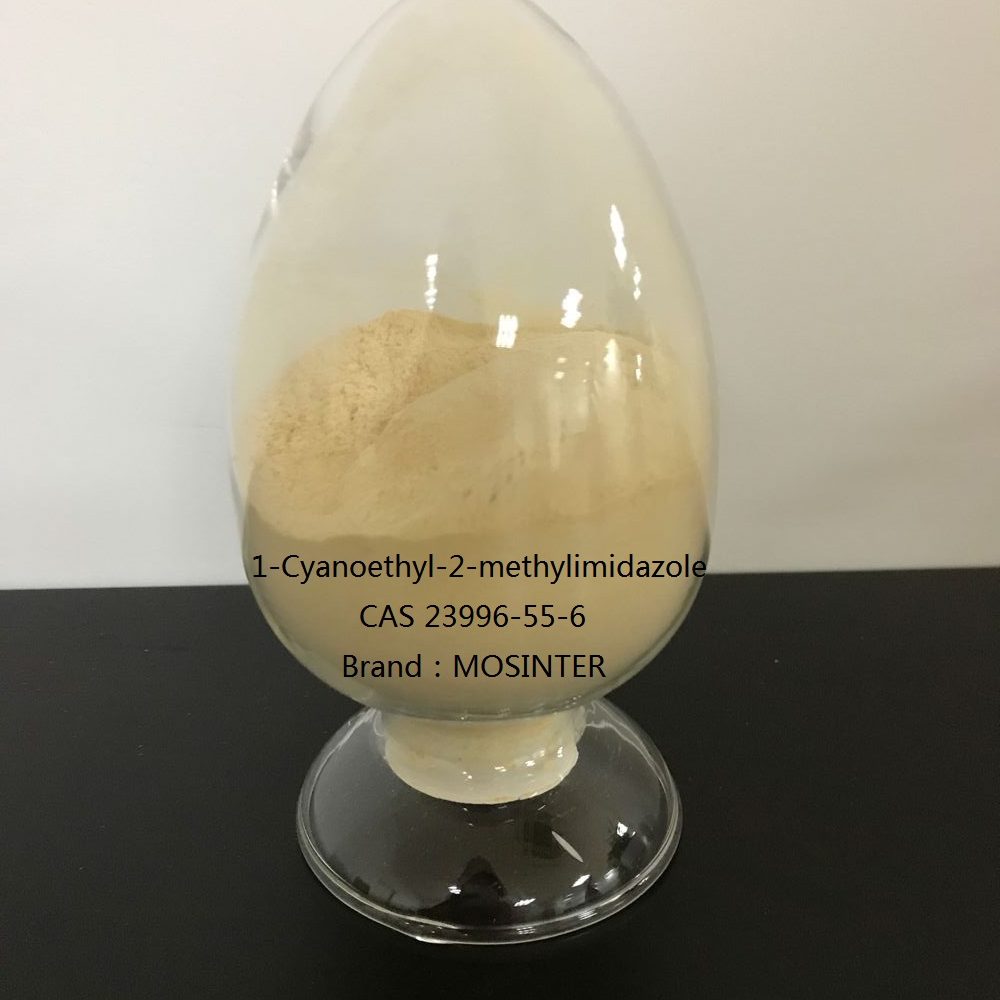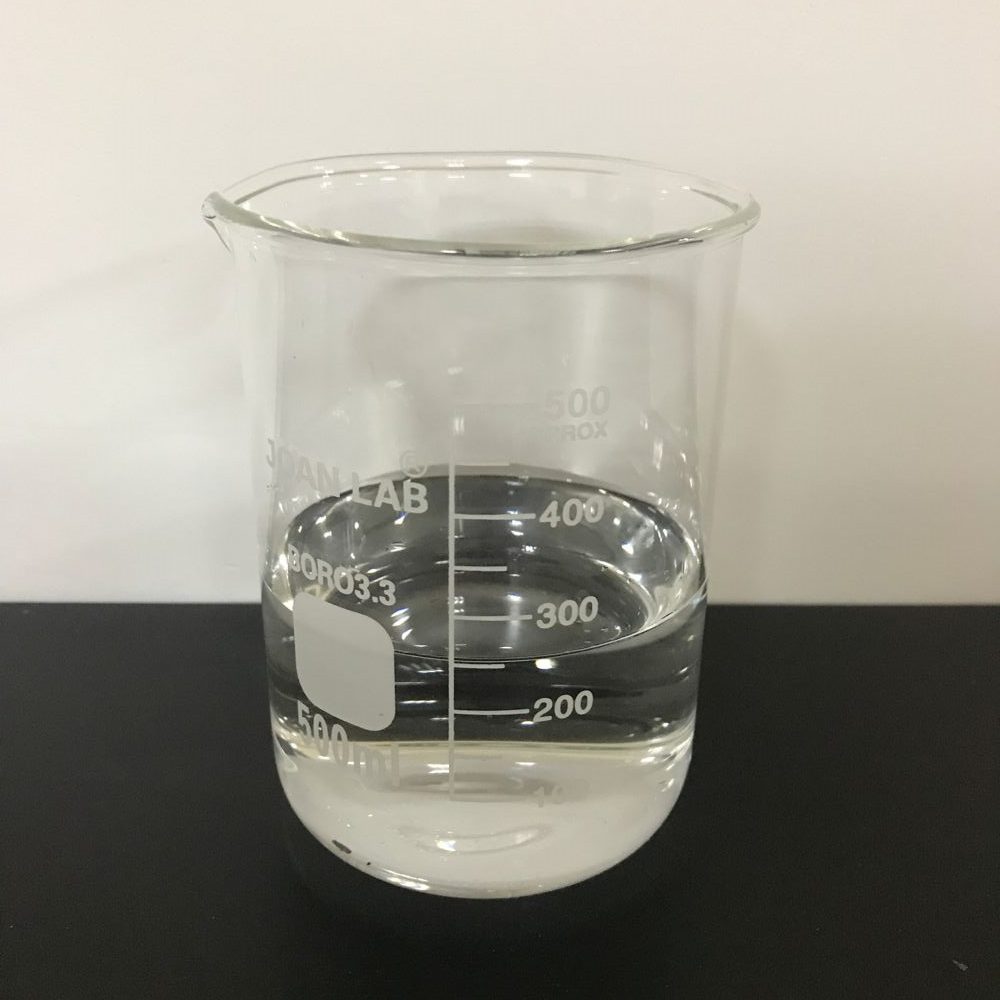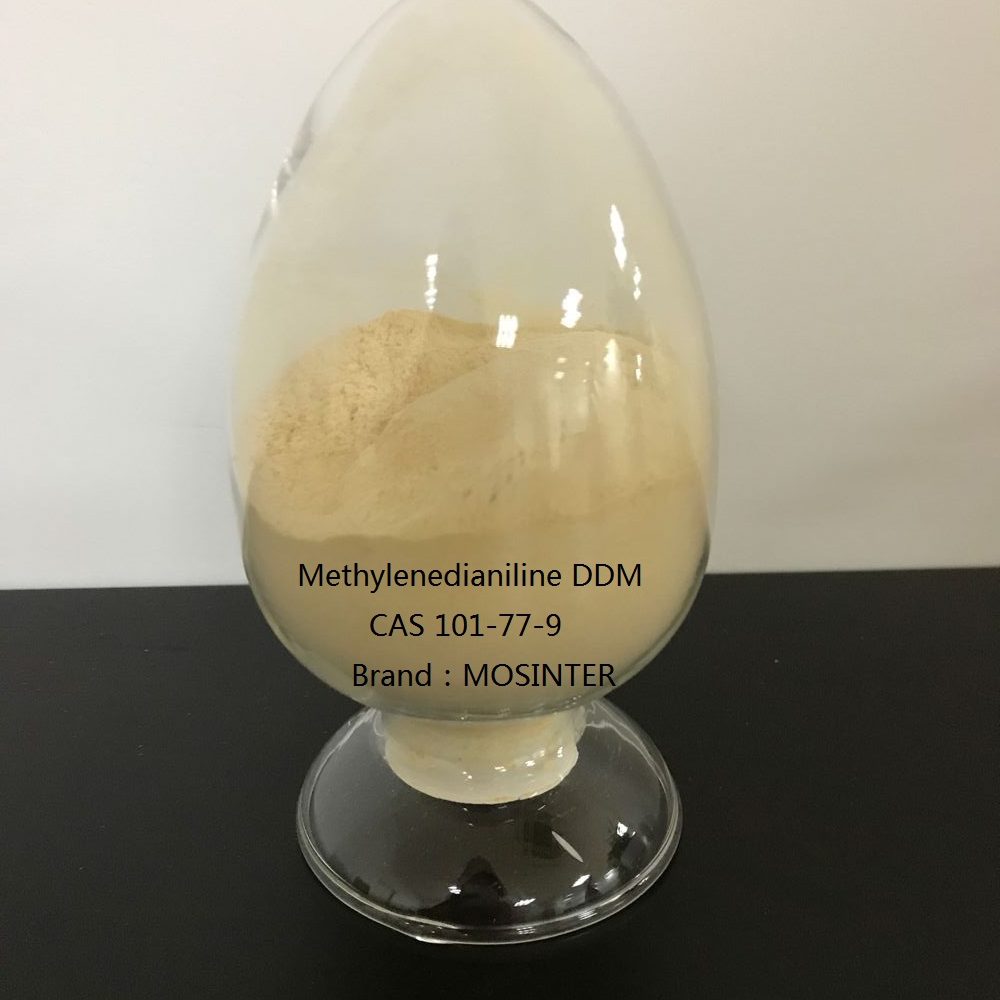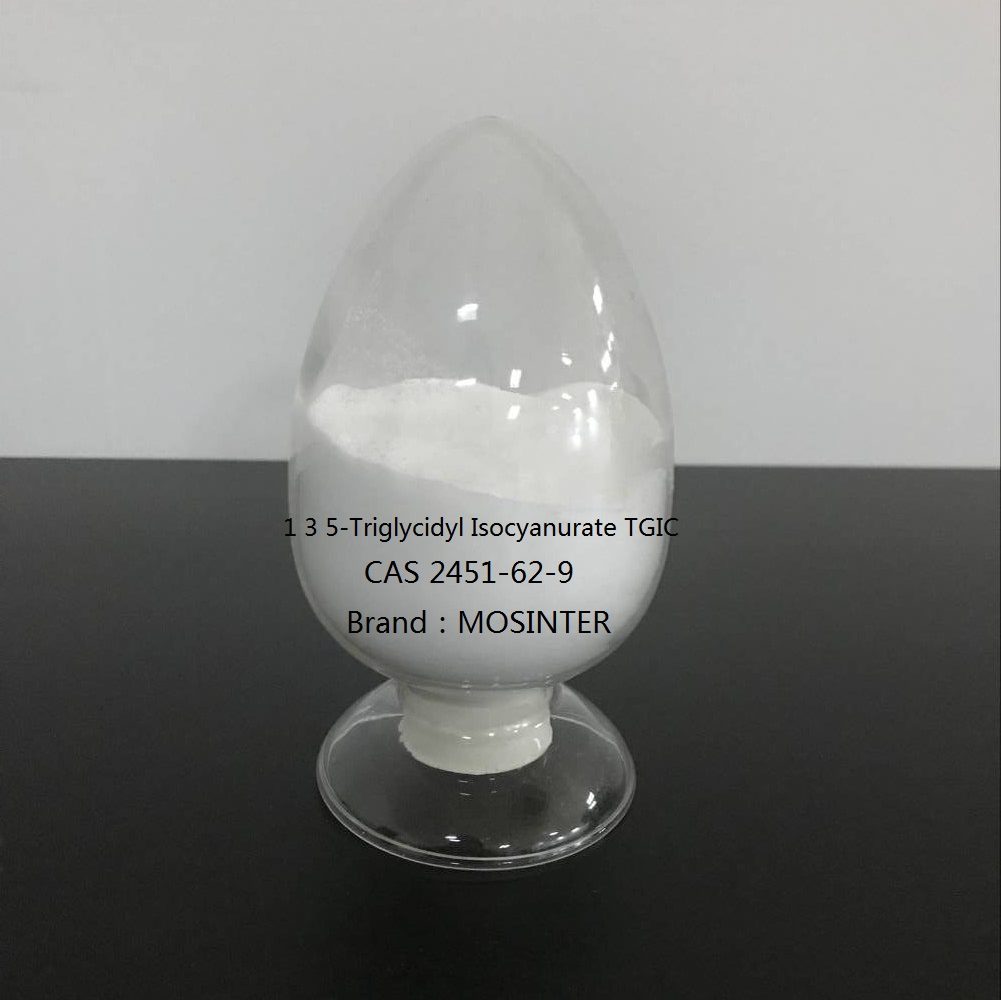- Have any questions?
- +86-189 8930 5995
- sales@mosinterchem.com.cn
Brominated Epoxy Resins CAS 68928-70-1

Methyl tetrahydrophthalic anhydride MTHPA CAS 19438-64-3
21/12/2018
Methylhexahydrophthalic Anhydride CAS 25550-51-0
21/12/2018| Model: | MOS68928-70-1 |
| Brand Name: | MOSINTER |
| CAS No.: | 68928-70-1 |
| Brand: | MOSINTER |
| Molecular formula: | C36H32Br8O6 |
| Appearance: | Colorless liquid |
| Molecular mass: | 1199.8677 |
| EEW(g/eq): | 420-450 |
| HyCl (ppm): | 200-500 |
| Solid Content(wt%): | 79-81 |
| Viscosity(Brookfield cps): | 1200-1800 |
| Color(Gardner): | 1max |
| Gel Time(sec): | 142-152 |
Brominated Epoxy Resins (CAS: 68928-70-1) is Bisphenol A type liquid epoxy resin.
Brominated Epoxy Resins Molecular structure
| ITEM | STANDARD | RESULT |
| Appearance | Colorless liquid | Pass’ |
| EEW(g/eq) | 420-450 | 436 |
| HyCl (ppm) | 200-500 | 257 |
| Solid Content(wt%) | 79-81 | 80.33 |
| Viscosity(Brookfield cps) | 1200-1800 | 1475 |
| Color(Gardner) | 1max | 0.3 |
| Gel Time(sec) | 142-152 | 151 |
This resin has the consistency of honey. The epoxide group on the end of these molecules serves as
the reactive site for crosslinking in these thermoset polymers.
The chemical chosen to react with these epoxides is referred to as the curing agent, and it typically
has active hydrogen attached to nitrogen, oxygen, or sulfur. Amine curing agents are the most common
and can be primary or secondary, aliphatic or aromatic, or cycloaliphatic. The amines typically have
greater than three reactive sites per molecule tat facilitate the formation of a three-dimensional polymer network when mixed with the epoxy resin
Composite is a material reinforced by fibers or other materials with a discernable aspect ratio of length to thickness. The fibers are primarily glass or carbon but aramid, boron and other organic and
natural fibers are also used. Polymers used in composites are typically thermosets, and their purpose is to transfer the load or stresses to the fiber reinforcement in order to take advantage of the
strength and stiffness (modulus) of the fibers. Typical fiber volume in this application is approximately
70%.
Applications for composites cover a broad spectrum from do-it-yourself patching and hobby kits cured at
room temperature to advanced military and aerospace components cured at high temperatures. Performance
and processing requirements are as diverse as the applications, so a “systems” approach must be taken when
selecting the resin and curing agent for the specific application.
Where the molecular structure of a polymer compound containing epoxy groups collectively referred to as an epoxy resin. After curing epoxy resin has excellent physical and chemical properties, its surface of the metal and non-metallic material has excellent adhesion strength, good dielectric properties, variable set small shrinkage, good dimensional stability, high hardness, flexibility better, alkali and most of the solvent stability, which is widely used in various sectors of national defense, national economy, for pouring, dipping, laminating materials, adhesives, coatings and other purposes.
Epoxy short EP, is two or more epoxy groups in the molecular structure of the resin contained in general. Whether long or short molecules, both ends of the keys are basically an epoxy group, an epoxy group and a functionality of 2, and the curing agent after the crosslinking, a three-dimensional network structure can be formed, so that the epoxy resin is a Body polymers. According to the degree of polymerization can be divided into liquid or solid. Since an epoxy group is a three-membered ring, such a ring is easy ternary ring opening and has a strong reactivity, many features are the resulting epoxy resin. The most important species is the epoxy resin of epichlorohydrin and bisphenol A condensation from bisphenol A glycidyl ether type epoxy resin; In addition, the ring-containing ethylenic compound prepared by reacting epoxy resins.

